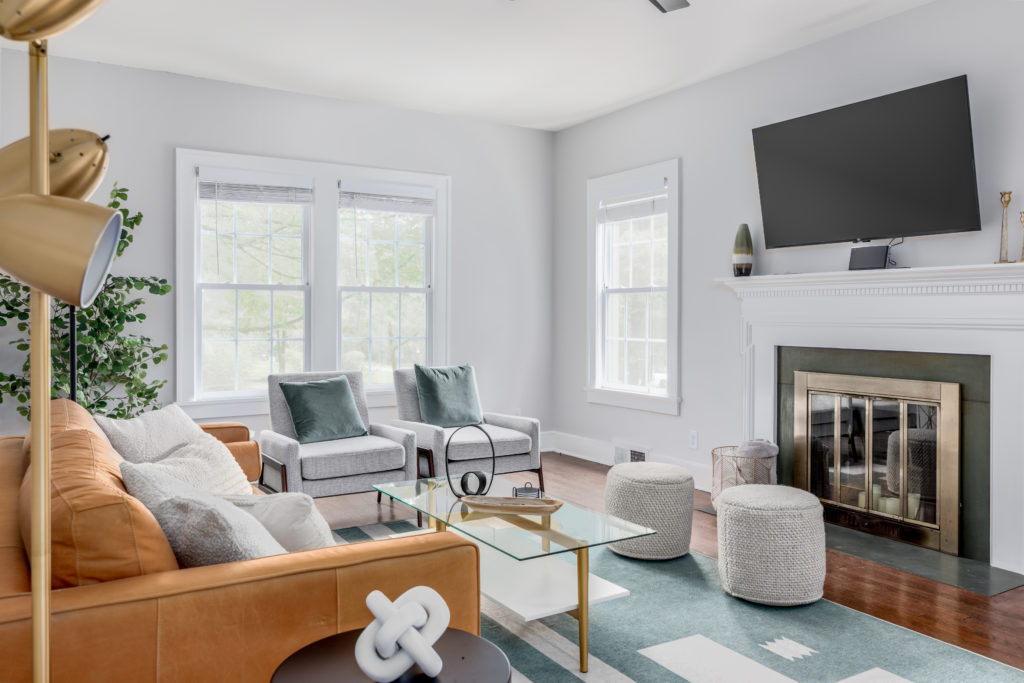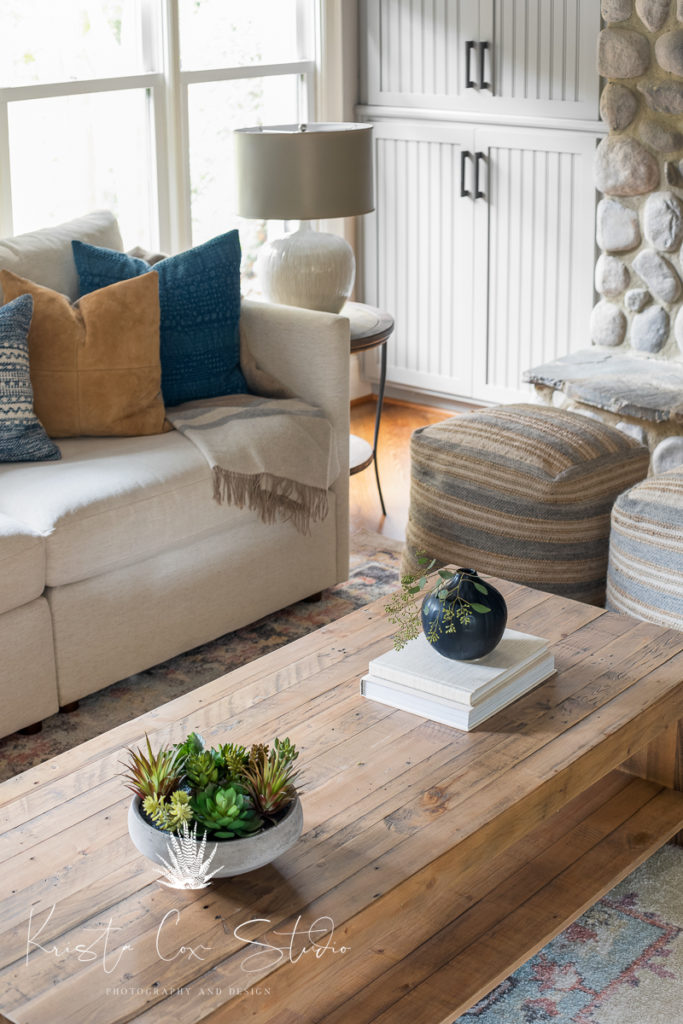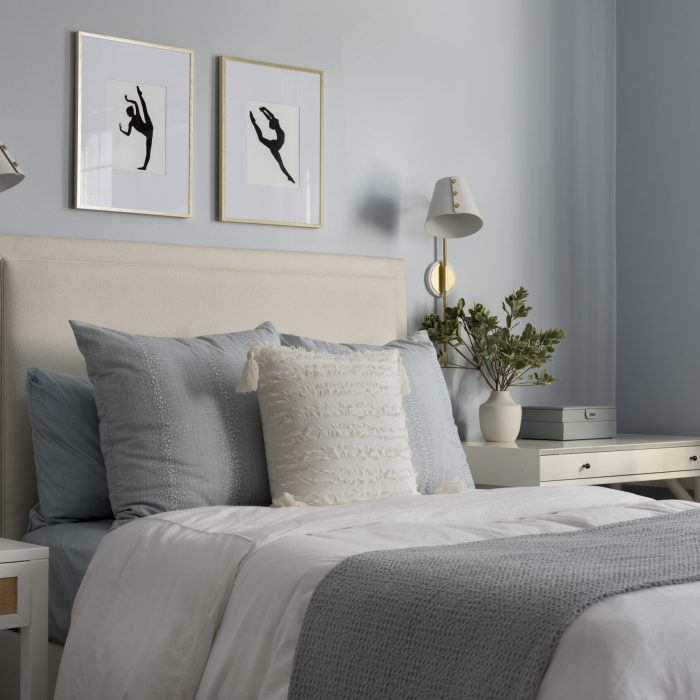
Interior Photography in Charlotte, NC
I was recently commissioned by Jennifer Morrell with An Inspiring Home to photograph her latest interior design project down in Waxhaw, NC (just out of
FILED UNDER
POSTED ON
Hi friend! Welcome to the KCS Blog! I recently made a post covering some of my most frequently asked questions, and there was one topic that I strongly felt deserved its own post entirely: sensors.
Even if you are brand new to the DSLR community, you’ve probably heard or read about crop/full-frame cameras. Maybe it didn’t really matter to you when you purchased your camera, but now that you’re a maturing photographer, it could affect your future purchases. So, what’s the big deal? Well, before we really dive in let’s cover some history…
Back in the day before robot vacuums (shout out to the creators of The Jetsons for calling that one), flat-screen TV’s (The Jetsons, again!), or digital cameras (is The Jetsons theme song playing in your head yet?) photographers used film. Want to take a guess at what became known as the standard film size??? If you guessed 35mm, you’d be correct!!!

When the world made the switch to digital, 35mm was used as the guideline for the newly developed image sensors that replaced our beloved film. This was fine and dandy as the photography world moved on with this as the standard. But somewhere along the way, someone decided we needed to rework things (if it ain’t broke don’t fix it did not apply here I guess) and out comes the crop sensor. What it boils down to is this:
A full frame sensor records a projected image onto it’s “full size” 35mm surface while a crop sensor is smaller and can only record a portion of the image.
(If you’ve been using a crop sensor, don’t worry, this affects your life and skills in no way.) Let’s break it down.
Sensor size has a direct link to what your camera takes a picture of. This is actually called a “Crop Factor”. For the sake of keeping it simple, many crop sensor cameras have a crop factor of around 1.5x (give or take) applied to the focal length. What does that mean in layman’s terms? A crop sensor pretty much gives you an automatic zoom effect whereas a full frame sensor will remain true to the focal length.
For example, if I take a picture with my 28mm lens on my full frame camera (left below), I will get an accurate 28mm image. But if I put that 28mm lens on a crop sensor (right below), the result would appear as if I had used a 42mm lens. (28mm x 1.5 = 42mm)


That’s basically the meat of what you need to know and how to use this to make informed decisions. But there are a few more tidbits to remember about sensor size and here they are.
Due to the sensor size (35mm), full-frame cameras typically out perform crop sensors in a few areas. They usually have better low light performance and can produce a higher range of colors. This means less noise (especially important for low lighting when ISO is turned WAY up). Full frames can also capture a shallower depth of field. That crop factor I mentioned also applies to the aperture of a lens. So an aperture of f1.4 on a full frame unfortunately equals a f2.1 on a crop. You’ll have to remember this if you demand super creamy backgrounds and macro images. Because of this, full-frame cameras are strongly desired by wildlife, landscape, and architectural photographers alike. This also makes full-frame cameras significantly more expensive.
A crop sensor, while sharing the same perspective as the full-frame, is physically smaller than 35mm. If we do the math, that 1.5x factor makes these sensors around 33% smaller than their full-frame sisters. This isn’t necessarily a bad thing though depending on your needs. (There I go again talking about how you’ll use your camera). It’s especially useful when looking at budget. Due to having smaller components, both the lenses and actual camera bodies are significantly cheaper than the full frame versions which will be very enticing to most entry level photographers!
Now one final thought (you may have just caught what I said). Lenses are made for one or the other. They are not always interchangeable between the two camera styles. Due to construction of the camera bodies, the lens mounts are not the same. You WILL be able to use any full frame lens on a crop sensor camera, but you WILL NOT be able to use a lens made for a crop sensor on a full frame camera. Don’t forget to take that into consideration if you’re wanting to upgrade.
Now that wraps up my version of sensor sizes. But if you’re a nerd like me, I’ve added a few bonus resources. Check out these articles if you need more explanation on sensors (and if you’re ready to get lost in the rabbit hole of photography information!)
How to Understand the Differences Between Full-Frame Versus Crop-Sensor Cameras
Full Frame VS Crop Sensor VS Micro Four Thirds: Camera Sensors Explained
Share this post
meet krista
I’m a Jesus loving mom of two with an eye for beautiful things. When I was a kid, I always wanted to grow up to “make things” and that’s exactly what I did.
I started out as an interior designer with a side passion for
photography. Over time, I began to find more and more joy from my work behind the camera. Once I made the jump full time, there was no turning
back.
I now have a team of photographers that work with Real Estate Agents, Interior Designers, and Builders creating internet worthy media while also sharing with others how I do it!
search the site
featured posts
post categories
Free Resources

I was recently commissioned by Jennifer Morrell with An Inspiring Home to photograph her latest interior design project down in Waxhaw, NC (just out of

I am beyond excited to start seeing new architectural styles reaching my area, especially when I get to photograph them! Here we have a stunning

The Farriss House Airbnb in High Point, NC is a gorgeous mid-century modern getaway. I had so much fun with this photoshoot!

Located in the beautiful Waxhaw, NC (Southern end of Charlotte) this space designed by Jennifer Morrell with An Inspiring Home is utterly breath taking. As
stagnate photos linked to instagram

Never miss a thing!
Enter your email below to follow my journey through interior and real estate photography!
© 2024 KRISTA COX STUDIO | ALL RIGHTS RESERVED